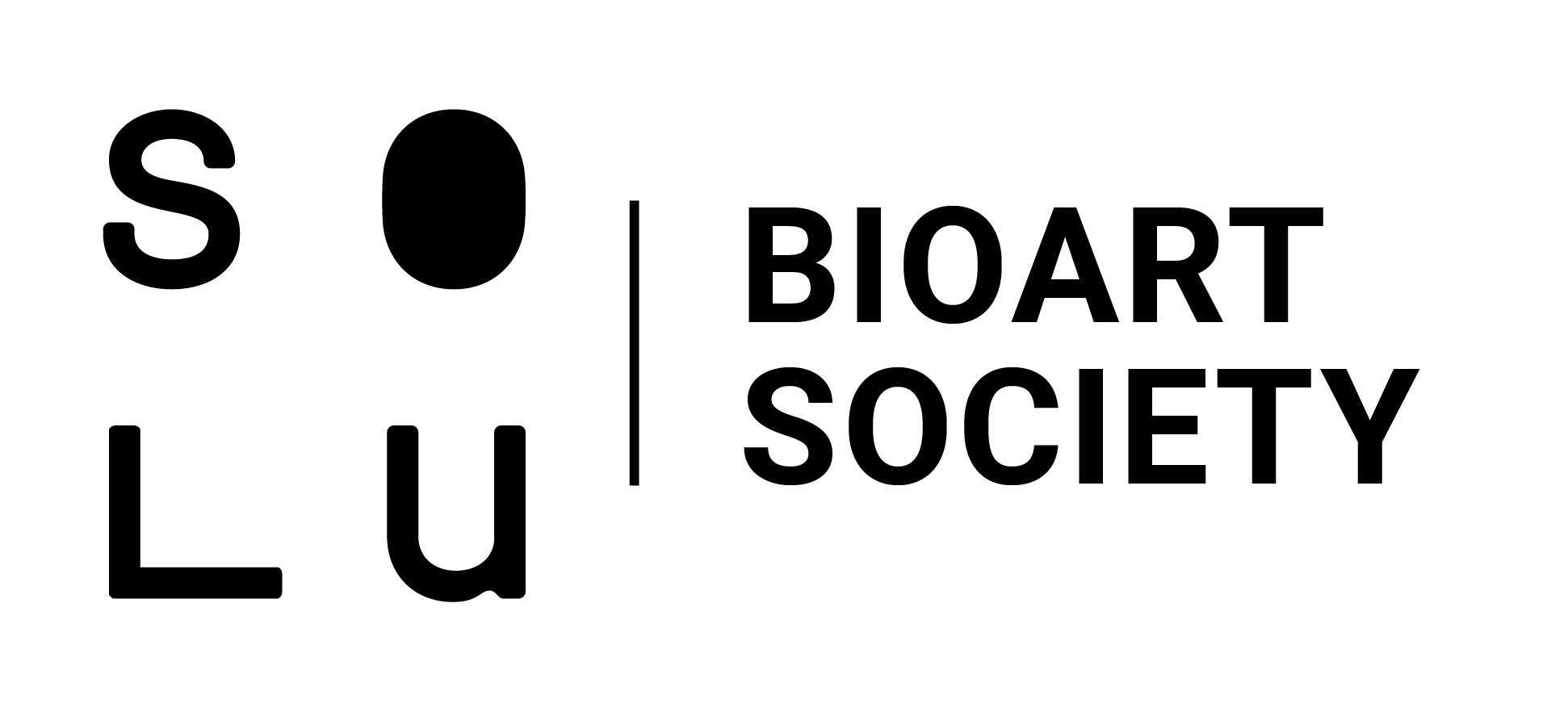Two days ago I photographed almost the entire herbarium collection that is kept at the biological station. Some of the plants are over 50 years old and they've lost most of their colour, but the collection is otherwise in a fairly good condition. I believe the plants were collected by students and they are used as teaching material on some of the more basic plant courses. Collection data was generally missing, but I didn't need it.
I wanted to see if I could use the plants as a basis for my own "generic" photo herbarium. There are more than 1200 vascular plant species in Finland, but most people walk in nature without realizing the high level of biodiversity around them. I got my first plant guide when I was about seven years old and I can still remember how the world seemed to grow bigger when I realized a "hay" is not just a hay. I learned some of the scientific names, such as Phleum pratense, Calamagrostis arundinacea and Festuca pratensis, and the fanciful names made me look at all species with a bit more respect - even the most common weeds had such fine names they had to be worthy! Later I of course came to understand that scientific names aren't there to impress people, but they form a practical and clever system.
I wanted, in a way, to return the isolated plant individuals back together - although I have to say my meadow combines species from very different habitats and is therefore very imaginary. The specimens were mounted on beige carton which may not work very well because contrast between the faded plants and the carton is so low. This is only a tentative experiment since my laptop can't handle very large files and image editing requires a better screen. I used Photoshop to layer many of the hay-like species (excluding the Cyperaceae species) I found in the collection, so that all the images are put together in order to create an impression of a meadow.
The biological station has also another collection that is more bizarre than the herbarium. In the dark basement there is a room called "mouse museum" that exhibits skins and skulls of many rodent (and other small mammal) species. Some of the skin specimens hang on the walls, but there are also a cabinets that have skulls and stuffed animals. The stuffed creatures resemble living animals only remotely since they have been simply filled with cotton etc. instead of being properly taxidermied. I found this collection intriguing and spent many hours trying to get the most out of it. Here are a few general photos from the museum:




















